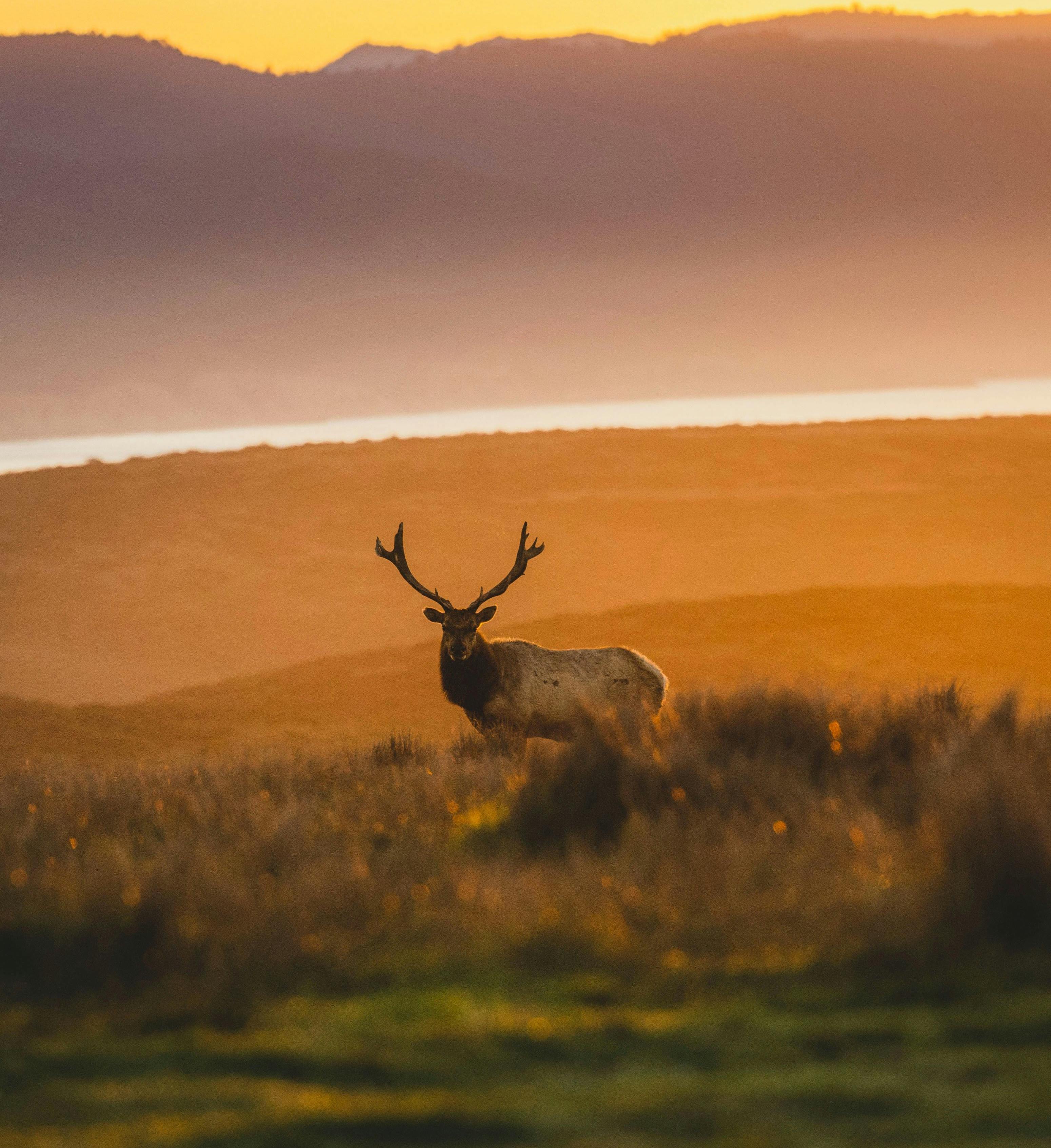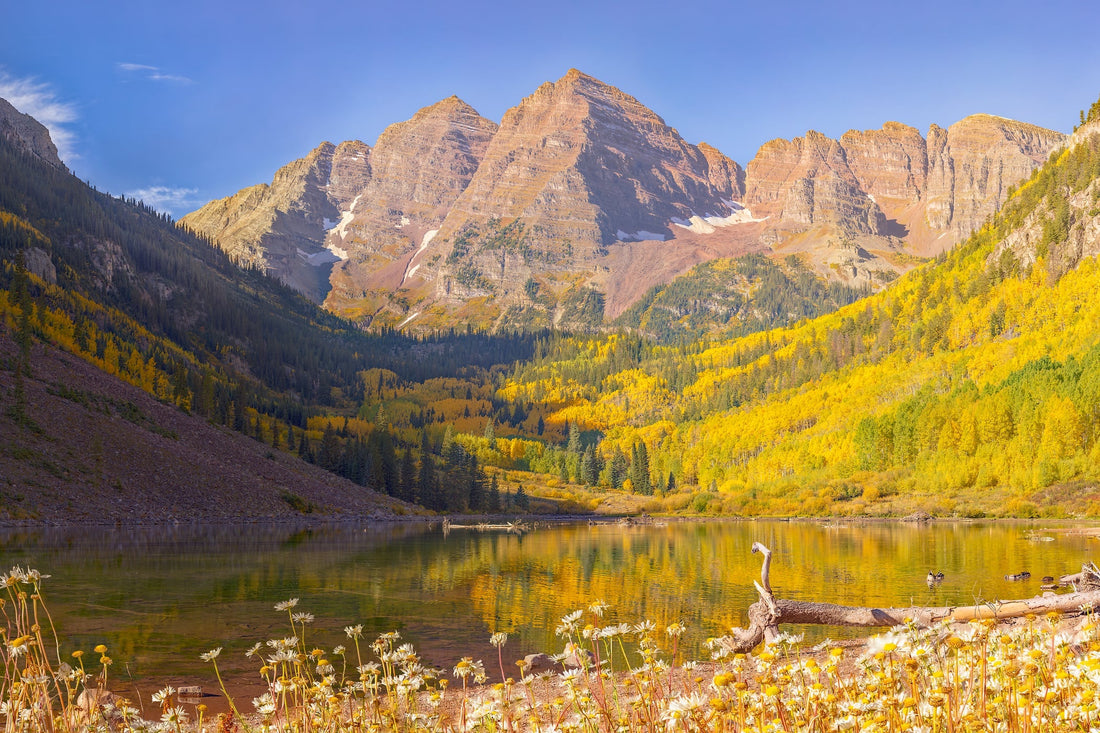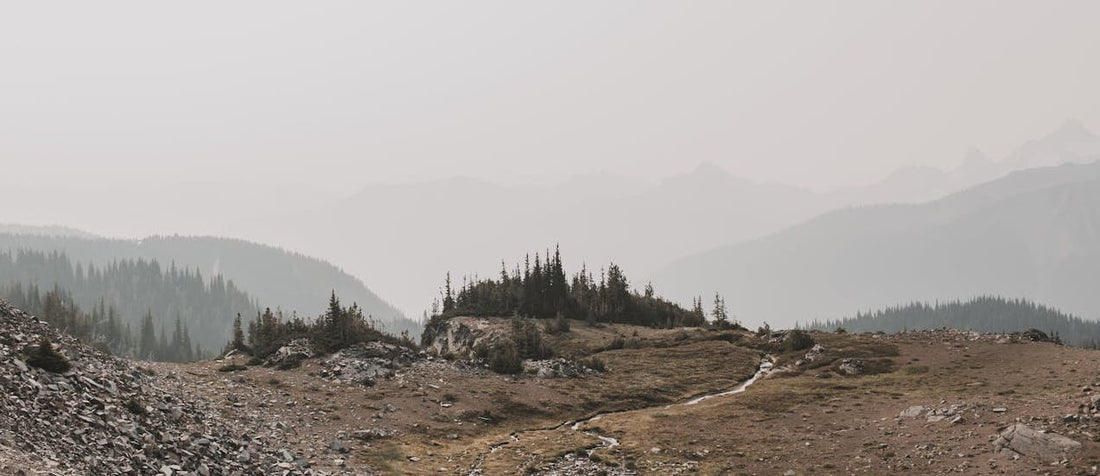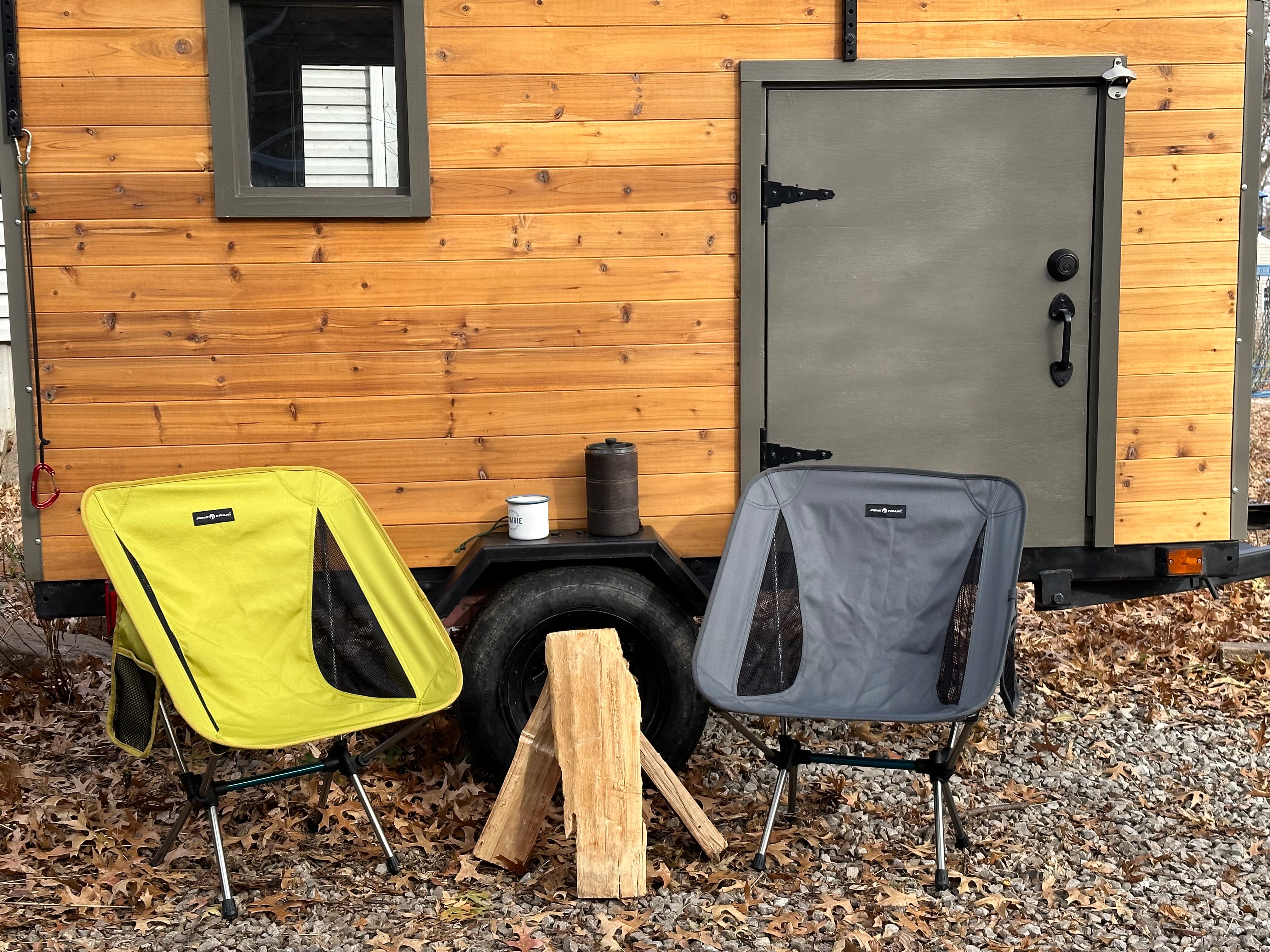For many, the concept of hunting seasons may seem perplexing. Why are there specific times of the year when hunting is allowed, and why are certain animals off-limits during certain months? The answer lies in a delicate balance between tradition, wildlife conservation, and ecosystem health.
Hunting seasons are established by wildlife management agencies to regulate the harvesting of game animals and protect their populations from overexploitation. These agencies carefully monitor wildlife populations, habitat conditions, and ecological factors to determine appropriate hunting seasons and quotas.
One of the primary reasons for hunting seasons is to ensure the sustainability of wildlife populations. By limiting hunting to certain times of the year, authorities can prevent excessive harvesting that could lead to population declines or even local extinctions. Additionally, seasonal restrictions help protect animals during sensitive times such as breeding and migration, allowing them to reproduce and thrive.
Moreover, hunting seasons are often aligned with natural cycles and behaviors of game species. For example, deer hunting seasons typically coincide with the autumn rut, when bucks are actively seeking mates. By hunting during this time, hunters can target mature males while minimizing the impact on breeding populations.
Across the United States, hunting seasons vary by state and region, reflecting the unique ecosystems, wildlife populations, and cultural practices of each area. Here are some examples of hunting seasons in different states to illustrate this diversity:
1. Whitetail Deer in the Midwest:
- In states like Wisconsin and Illinois, whitetail deer hunting seasons typically span from early fall to late winter, coinciding with the peak of the deer rut and the end of the agricultural harvest.
- Archery and muzzleloader seasons often precede firearm seasons, providing hunters with multiple opportunities to pursue deer using different methods.
2. Waterfowl in the Pacific Flyway:
- Along the Pacific coast, waterfowl hunting seasons are structured to coincide with the annual migrations of ducks and geese along the Pacific Flyway.
- States such as California, Oregon, and Washington may have split seasons for different species of waterfowl, with specific dates determined based on population surveys and habitat conditions.
3. Elk in the Rocky Mountains:
- In states like Colorado and Montana, elk hunting seasons are segmented into archery, rifle, and muzzleloader seasons, each tailored to different hunting methods and preferences.
- Seasons are often staggered to account for variations in elk behavior, such as the timing of the rut and migration patterns in different regions.
4. Upland Game Birds in the Great Plains:
- States like Kansas and South Dakota offer diverse hunting opportunities for upland game birds such as pheasants, quail, and grouse.
- Hunting seasons are typically concentrated in the fall and winter months, coinciding with the harvest season and the natural abundance of food and cover for game birds.
Conservation efforts are also intertwined with hunting seasons. Revenue generated from hunting licenses, permits, and fees is often used to fund habitat conservation, wildlife research, and management programs. Hunters play a crucial role as stewards of the land, contributing to conservation efforts through their participation in regulated hunting activities.
While hunting seasons are essential for sustainable wildlife management, it's important to note that not all outdoor activities are subject to seasonal restrictions. Activities such as hiking, bird watching, and nature photography can be enjoyed year-round, providing opportunities for outdoor enthusiasts to connect with nature in every season.
Hiking, in particular, offers a versatile and accessible way to experience the outdoors throughout the year. Whether exploring lush forests in the spring, scaling mountain peaks in the summer, admiring fall foliage, or trekking through snow-covered landscapes in the winter, hiking allows individuals to immerse themselves in nature's beauty regardless of the season. Gear such as trekking poles and leg gaiters can be incredibly useful for hiking in any season.
In conclusion, hunting seasons serve as a vital tool for wildlife conservation, ensuring the sustainable management of game populations while preserving natural ecosystems. By understanding the reasons behind hunting seasons and participating in responsible outdoor activities, individuals can contribute to the protection and preservation of our natural heritage for future generations to enjoy. So, whether you're a hunter, hiker, or nature enthusiast, let's embrace the wonders of the great outdoors and strive to be conscientious stewards of the land.






